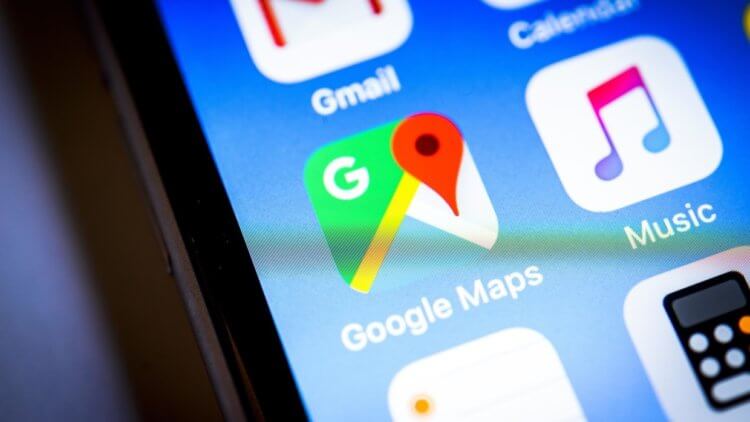Replacement, alternative, analog – all these are different designations for the same entity, which Huawei have been used since last spring, when the United States declared it a threat to national security and imposed sanctions. Since then, the Chinese have only been trying to get out of the hole in which they found themselves, developing their own and searching for third-party analogues for Google services, the ability to use which Huawei has lost, apparently, finally and irrevocably. But, as you can see, the company is doing more or less well with this. At least, it may seem so from the outside.

Huawei figured out how to replace Google Maps
Huawei signed an agreement with the Dutch company TomTom, engaged in the development of navigation systems and navigators, on the use of its services, reports Reuters. The Chinese will now be able to install maps and other TomTom navigation services on their smartphones from the factory and possibly use them as standard geolocation tools. Despite the fact that representatives of TomTom confirmed the fact of the transaction, the details of cooperation and the timing of integration for an unknown reason, it was decided not to disclose.
Yandex maps for Huawei

TomTom is the new replacement for Google Maps for smartphones Huawei
In fact, it's rather strange that Huawei suddenly made a deal with TomTom, although some time ago it was reported that the Chinese, together with Russian Yandex, are working on their own mapping platform called Map Kit. It was supposed to be based on 'Yandex.Maps', however, as the name implies, the development was not a map itself, but rather a toolkit that provides geolocation services that could be used by independent developers of applications compatible with Huawei Mobile Services.
Perhaps Huawei did not refuse Yandex services, and the choice in favor of TomTom is temporary. After all, developing your own mapping platform is not a matter of five minutes, even if a ready-made service is taken as the basis. After all, the coverage of Yandex.Maps is far from ideal everywhere, which means that the company has to carry out a large-scale work so that the future platform covers all the countries where Huawei Mobile Services will operate at once. Remember Apple and how long she tried to bring to mind Apple Maps, which so far in many respects cannot compete with either Yandex.Maps or Google Maps.
Why Apple Maps are so bad
I remembered Apple for a reason. Few know, but when the company launched Apple Maps in 2012, it nominated TomTom as the provider of map data. However, it quickly became clear that this was a bad decision, since the maps incorrectly indicated cities and towns, took users away on the wrong routes, and even became the reason for which several people got lost in unfamiliar terrain because they could not find the right road. Then Tim Cook issued a public apology and recommended that users iOS install Google Maps while Apple will finalize their maps.
Why am I? Besides, TomTom is obviously a rather compromise solution, so it's strange that Huawei chose it. Of course, it cannot be ruled out that the situation has changed for the better in the years that Apple did not use TomTom, but given how long it takes to create really cool maps, I would not count on it . Therefore, most likely, you should not expect a big breakthrough from a deal concluded between Huawei and TomTom, which means that it is better to continue using something else.
